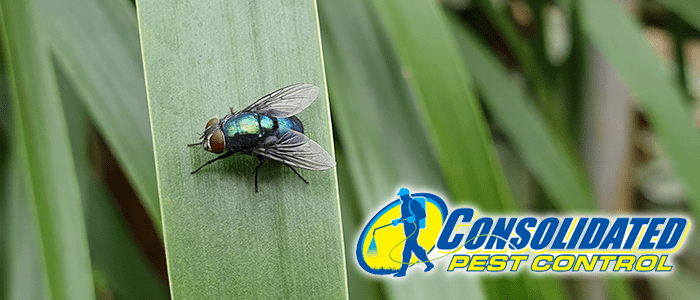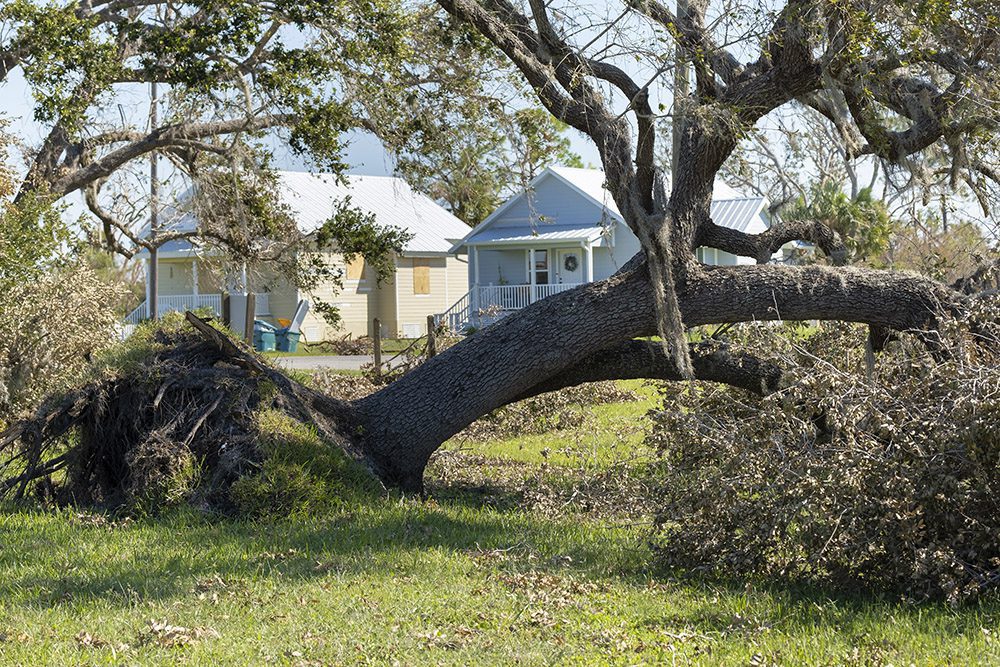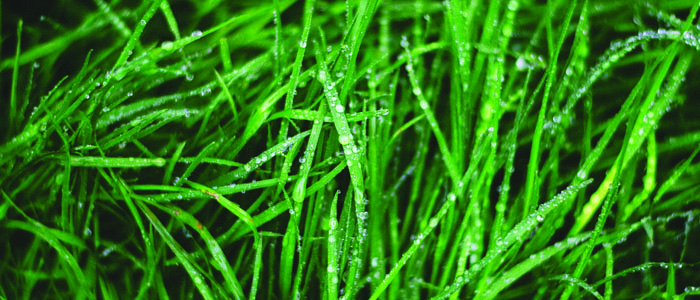
Flies are one of the most common pests around the world. There are more than 120,000 different species found around the world and 18,000 are found throughout North America. Although flies don’t live long, they reproduce quickly and carry a number of various very dangerous diseases, including malaria, salmonella, and tuberculosis.
Life Cycle
Flies typically are born outside. They then make their way into our homes through weak spots in the structure, such as damaged weather stripping, or torn screens covering our windows or doors. Around the home, flies can lay their eggs in garbage cans, compost piles, excrement, and rotting organic material. Females can lay between 75 to 150 eggs at a time. If compressed together, that only adds up to about the size of a pea. This makes it extremely hard to spot.
Houseflies are so common because they reproduce so many at a time. They have been known to relocate up to twenty miles from where they hatched, but they usually stay within one mile of their birthplace. Fruit flies, another very common type of fly, are typically found within the home because of their attraction to food waste like overripe or rotten fruits and vegetables. They usually hitchhike on produce and food brought into the house from outside. Horse flies are not as common inside the home and don’t feed indoors, but sometimes enter homes by accident through open entryways, such as doors and windows.
Types of Flies
House Fly
A house fly is typically gray in color and has four black stripes on its thorax. Adult house flies are about 1/8-1/4” long. They have slightly hairy bodies, a pair of wings, and a compound red eyes that contain thousands of individual lenses. This gives them a much wider range of vision. House flies do not have teeth or a stinger. Although house flies do not have stingers and do not bite, they are capable of transferring more than one hundred different pathogens.
A house fly’s eggs resemble a small grain of rice. The eggs hatch into larvae, also known as maggots, which range in size from about ¼-3/8’ long. Maggots are cream colored with a greasy appearance. When they start to enter the pupal stage, maggots will develop a dark, hard outer shell, legs and wings. Ultimately they are emerging as a full grown adult.
Fruit Fly
Fruit flies are found throughout the United States and are known for reproducing quickly. They can be found indoors year round. Depending on the conditions, their lifespan can be between twenty-five days and thirty days. Adult fruit flies are typically between three to four millimeters long and appear to be brown or tan in color. They have red eyes, but some have been found to have darker eyes. The have a tan thorax and a grey abdomen. Fruit flies have six legs and are oval in shape with antennae.
Fruit flies are attracted to rotting fruits and vegetables and fermented liquids such as beer, liquor, and wine. They are also attracted to dark, moist, and unsanitary environments. Sometimes they breed there too. Female fruit flies can lay around 500 eggs, which can hatch in as little as twenty-four hours. Similar to other fly species, they have a four stage life cycle. This can be completed in as little as a week. They aren’t only a nuisance, they can carry deadly bacteria and disease-causing pathogens.
Horse Fly
This type of fly gets its name from being attracted to horses and other big mammals. They are commonly found in both suburban and rural areas near bodies of water, which is where they breed. Horse flies have a gray or blackish body. They are between ten and thirty millimeters long, with big wings that lack dark areas, but some species have completely dark wings. They have large eyes that are usually green or purple with horizontal stripes. Horse flies have six legs and are stout-bodied without bristles. They have very short antennae.
Adult horse flies are very fast, strong fliers. They are capable of flying more than thirty miles, though they generally don’t disperse widely. Horse flies are attracted to light and will sometime congregate at windows. They are most evident on windless, hot and sunny days. Larvae will develop in wet soil next to bodies of water and unlike other flies, these flies do not carry diseases.








